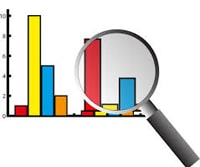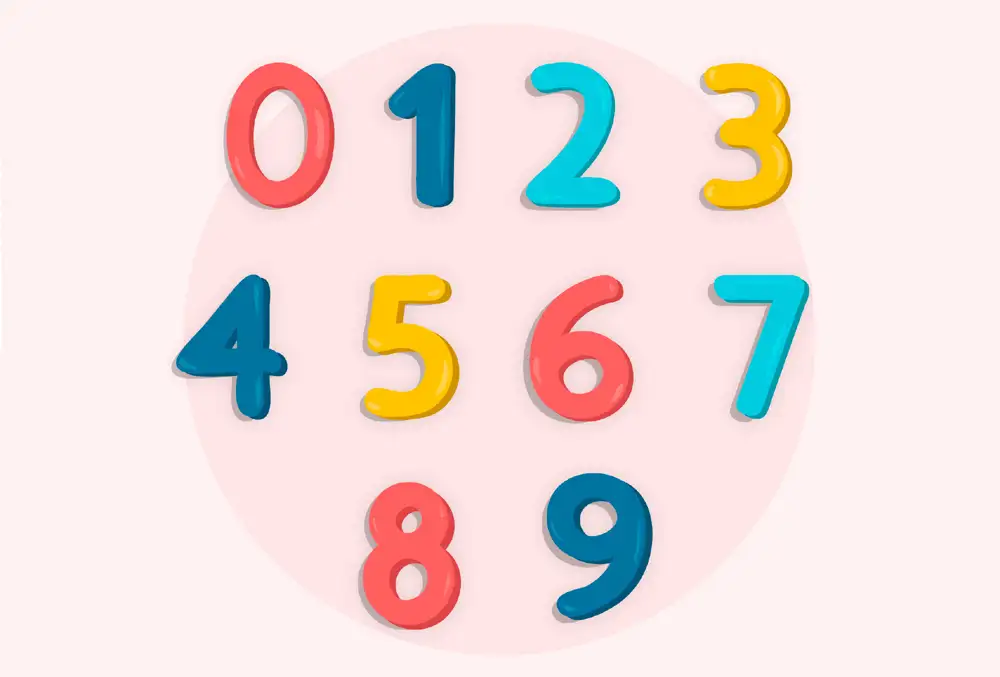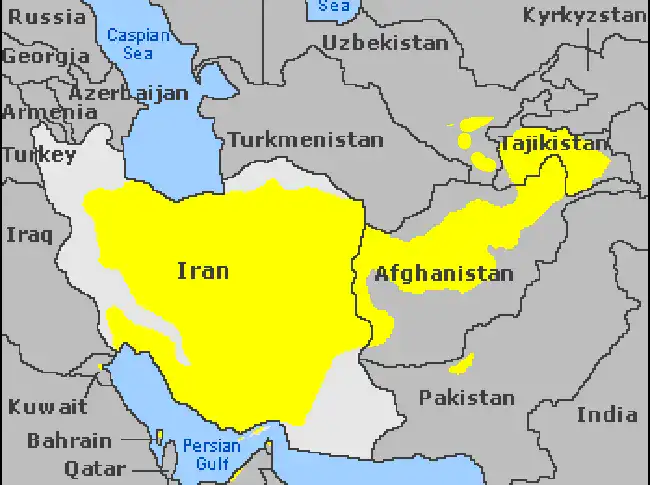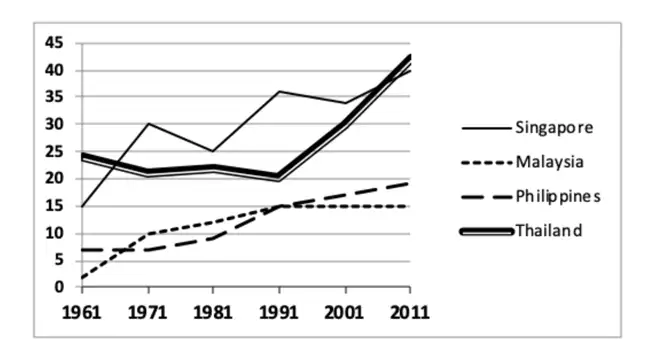Free IELTS Class on Analyzing Graphs Free IELTS Class on Analyzing Graphs Listen to the podcast of this free IELTS class on analyzing graphs: https://www.youtube.com/watch?v=X0jpE-ci_Sc&t=9s Join our free English classes for IELTS and TOEFL on Discord every day. Join our Discord server where we hold our online classes. You can also chat with hundreds of IELTS and TOEFL candidates, ask us your English questions and find English partners. Subscribe to our YouTube channel to watch the podcasts of our previous English conversations. Study the assigned material for this free IELTS class. Study the assigned material for our next free IELTS class. Use the interactive comment form below to leave your questions ...
Home » IELTS Essay Writing Practice » Free IELTS Class on Analyzing Graphs with a Podcast

Free IELTS Class on Analyzing Graphs with a Podcast
Updated: by Dr. Mohammad Hossein Hariri Asl
Time to Read: 3 minutes | 277 Views | No Comments on Free IELTS Class on Analyzing Graphs with a Podcast
Share This Post
About the Author
Dr. Mohammad Hossein Hariri Asl is an English and Persian instructor, educator, researcher, inventor, published author, blogger, SEO expert, website developer, entrepreneur, and the creator of LELB Society. He's got a PhD in TEFL (Teaching English as a Foreign Language).
Number of Posts: 4235


